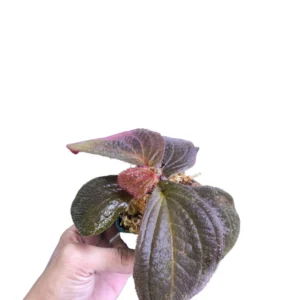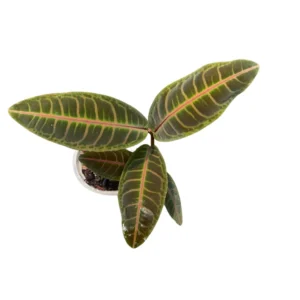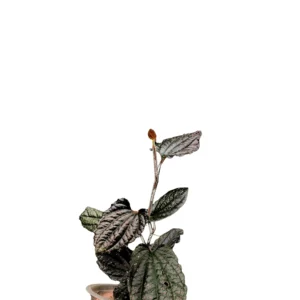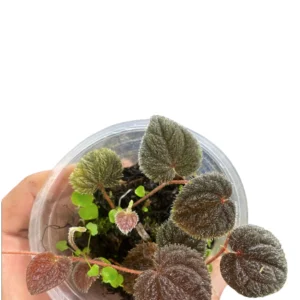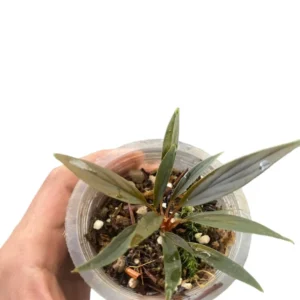Red Crystal Shrimp
Caridina cantonensis
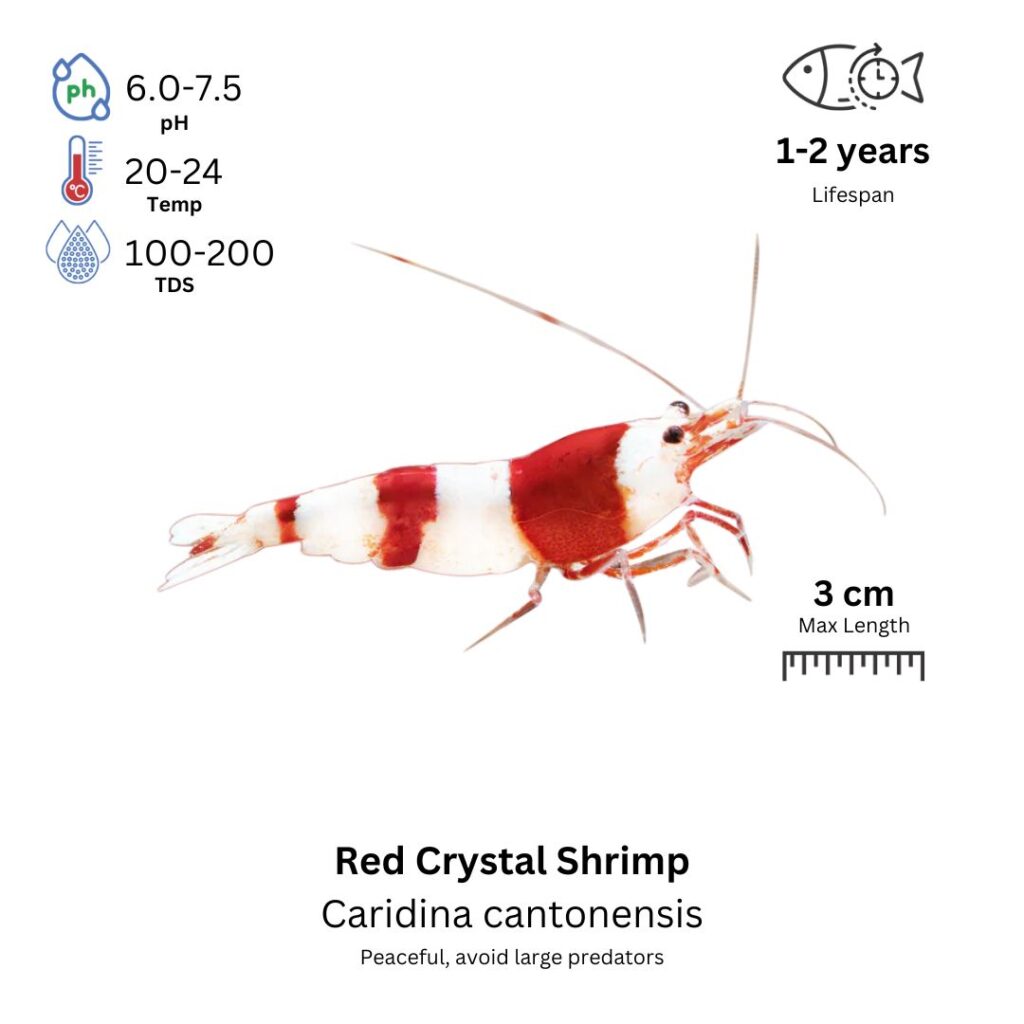
Description
Red Crystal Shrimp are a stunning species of freshwater shrimp, known for their striking red coloration and white markings. They have a transparent body with intense red patches, which can range from a deep crimson to a bright cherry red, depending on their specific strain and breeding. Their white markings, often found on the legs, tail, and head, provide a beautiful contrast against the red. These shrimp are relatively small, with delicate, slender bodies and long antennae. Males are usually smaller and more vibrant in color, while females tend to be larger and rounder.
Habitat Origin
Native to the freshwater rivers and streams of East Asia, particularly from regions in China. Red Crystal Shrimp are selectively bred from the wild Caridina cantonensis species. They prefer clean, well-oxygenated waters with abundant hiding places, such as plants and rocks, in slightly acidic to neutral water conditions.
Aquarium
Ideal Number in Aquarium: At least 10 individuals, as they are social and feel more secure in groups.
Favorite Food

Red Crystal Shrimp are omnivores and will eat a variety of foods. They primarily consume algae, biofilm, and detritus from the substrate, plants, and decorations in the aquarium. In captivity, they can be fed high-quality shrimp pellets, algae wafers, and blanched vegetables such as zucchini and spinach. They also appreciate live or frozen foods like daphnia, brine shrimp, and bloodworms. Providing a varied diet is essential for maintaining their health and vibrant color.
Behavior:
Red Crystal Shrimp are peaceful, active, and social creatures. They spend much of their time grazing on surfaces in the tank, constantly foraging for food. They are not aggressive and are generally safe to keep with other peaceful species, as long as those species are not large enough to view them as food. They are best kept in a well-maintained, stable tank with other small, peaceful species. These shrimp are excellent for keeping algae in check and help maintain a clean tank environment. They are more active in the evening and at night and will often be seen hiding in plants or among tank decorations during the day.
Special Care:
Red Crystal Shrimp require stable water conditions, as they are sensitive to fluctuations in pH, temperature, and water hardness. Regular water changes and good filtration are essential to maintain water quality, as these shrimp are more sensitive to poor water conditions than many other species. They thrive in aquariums with soft, acidic water, which is important to replicate their natural habitat. It’s also important to avoid the use of copper-based medications or water treatments, as copper is toxic to shrimp.
Compatibility with Other Fish:
Yes, Red Crystal Shrimp are compatible with small, peaceful species like small tetras, rasboras, and peaceful catfish. They are ideal for planted tanks where they can graze on algae and biofilm. However, they should not be kept with large or aggressive fish, as they may become prey. They do not fare well with fin-nipping species or larger fish that might harass or eat them. Additionally, while they can live in tanks with other shrimp, care should be taken to avoid breeding conflicts between different types of shrimp species.
Breeding Setup
A separate breeding tank is strongly recommended for Red Crystal Shrimp to allow better control over water conditions and prevent interference from other species. A 20-liter (5-gallon) tank is sufficient for a small breeding colony and offers enough space for healthy growth. Ideal water parameters include a pH of 6.2–6.8, temperature of 22–26°C (72–78°F), and soft water with hardness of 4–6 dGH. A sponge filter provides gentle filtration and surfaces for biofilm growth—an essential natural food source. Use fine-grain substrate and include live plants like Java moss or Anubias, along with driftwood or rocks, to encourage biofilm and provide hiding places. Moderate lighting helps support plant growth without excessive algae.
Conditioning for Breeding
To prepare Red Crystal Shrimp for breeding, offer a diverse and nutritious diet. Feed them high-quality shrimp pellets, algae wafers, blanched vegetables (like spinach or zucchini), and occasional live foods like daphnia or brine shrimp. A balanced diet enhances health and breeding readiness. Conduct regular small water changes (10–15% weekly) with dechlorinated water to keep the environment clean and stable. Avoid large or sudden changes, as shrimp are highly sensitive to fluctuations in water quality.
Spawning Process
Female Red Crystal Shrimp carry fertilized eggs on their swimmerets (beneath the tail) for 3–4 weeks. Once spawning occurs, there’s no need to remove the female from the tank. Each female can carry 30–40 eggs, and she fans them regularly to oxygenate and clean them. The eggs hatch into tiny, fully-formed shrimplets, which begin foraging immediately. Unlike many fish, no larval stage or separate fry tank is needed, making the breeding process relatively simple if conditions are ideal.
Fry Care
Shrimplets hatch after about 21–28 days and will begin grazing on biofilm, detritus, and microscopic algae. In the early stages, supplement their diet with infusoria, powdered shrimp food, or liquid fry food. As they grow, they can eat the same food as adults. Water quality is crucial for fry survival—perform small daily or every-other-day water changes (5–10%) and keep the temperature and pH within the optimal range. Always monitor ammonia, nitrite, and nitrate levels to prevent buildup of harmful substances.
Key Considerations
Red Crystal Shrimp reach breeding maturity at about 4–6 months of age. Females are larger and rounder, especially when berried (carrying eggs), and often show more intense coloration. Males are smaller, slimmer, and typically less vibrant. To avoid stress, maintain stable water parameters, avoid overstocking, and refrain from sudden environmental changes. A peaceful, clean, and biofilm-rich environment will lead to a thriving, self-sustaining shrimp colony.

